What is a temperature and humidity sensor?
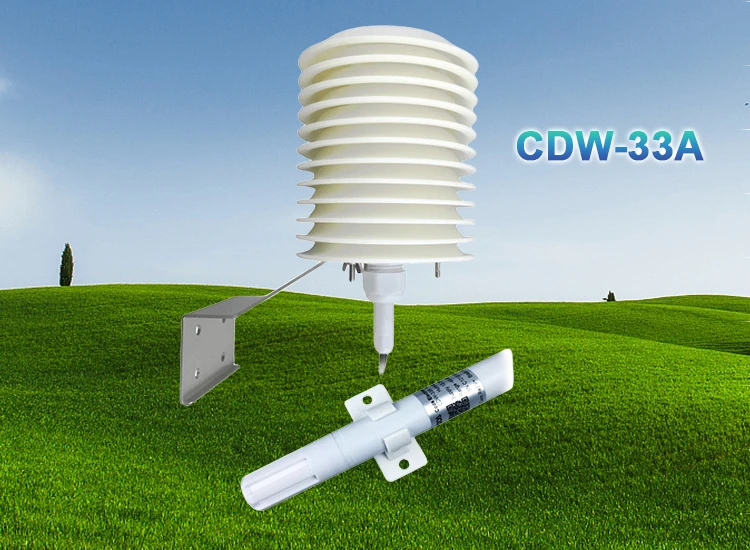
A temperature and humidity sensor, also called an RH temp sensor, is a device. It changes temperature and humidity levels into electrical signals. This makes it easy to measure these environmental factors. Most temperature and humidity transmitters on the market measure the air’s temperature and relative humidity.
What Is Evaporation?
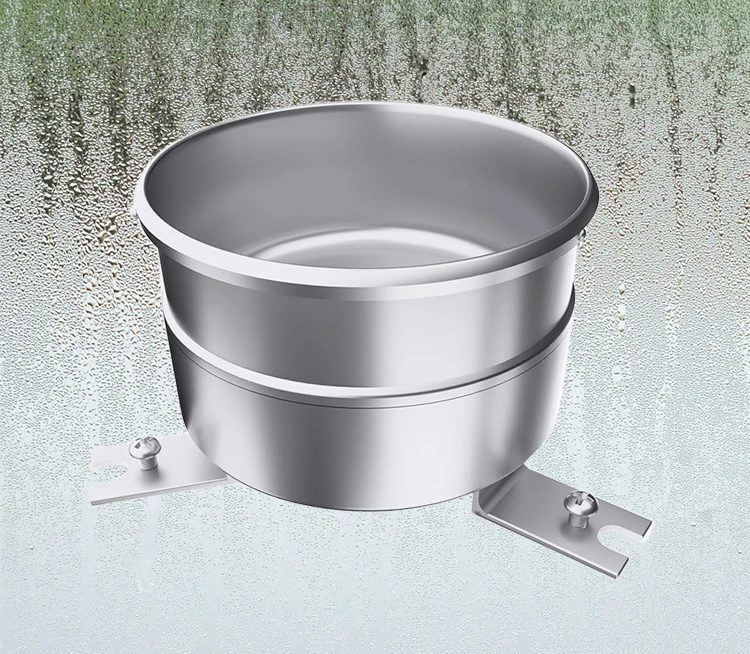
Water occurs naturally in three states: liquid, gas, and solid. These forms can transition between one another based on changes in environmental conditions. At ordinary temperatures, water slowly transforms into water vapor and disperses into the air—a process known as evaporation.
What is a Light Sensor?
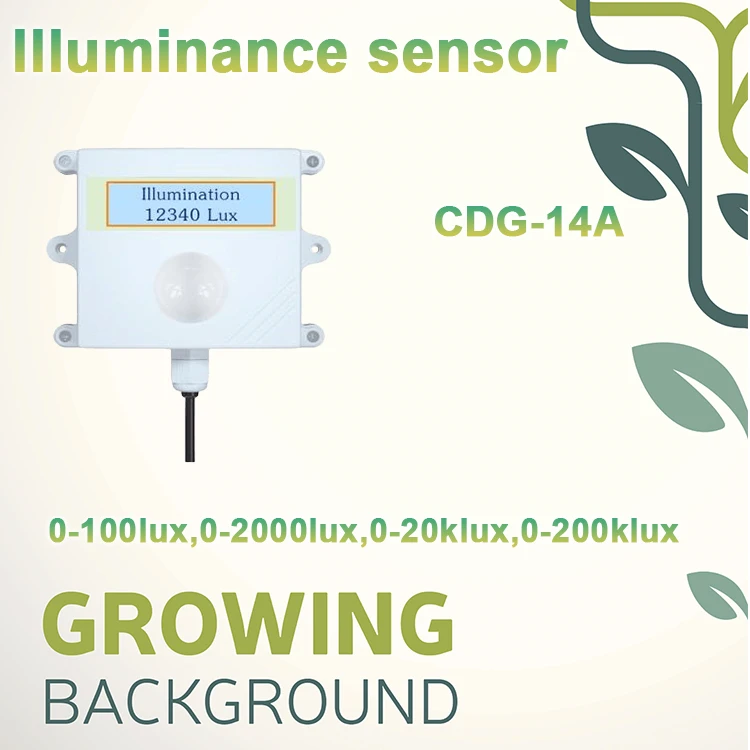
Define light sensor: light sensor is a device that detects light and converts it into an electrical signal. It can measure various properties of light, such as its intensity, wavelength, frequency, or direction.
Atmospheric Pressure: Definition, Measurement, and Effects
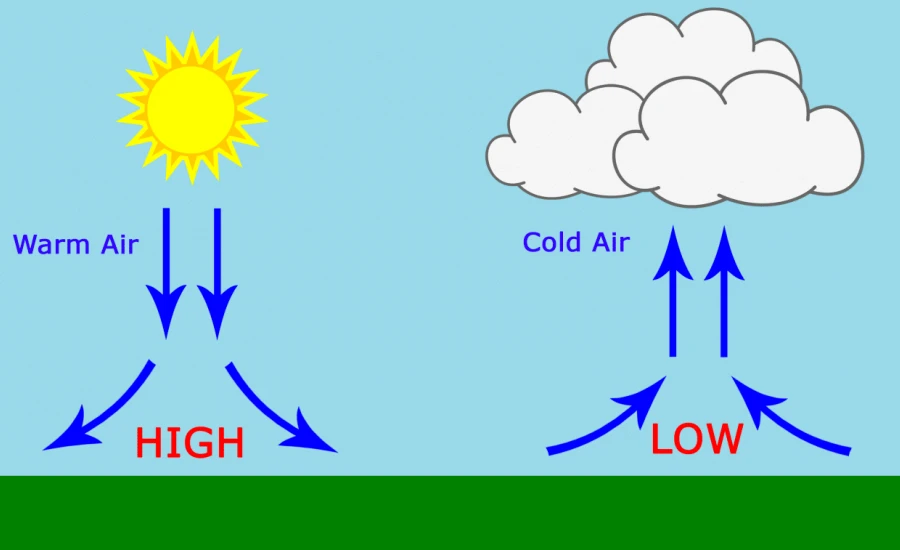
Did you know that atmospheric pressure plays a key role in shaping the natural phenomena around us? From determining wind patterns and cloud formation to influencing ocean tides, its impact is everywhere.
11 Types of Weather Instruments and Their Uses
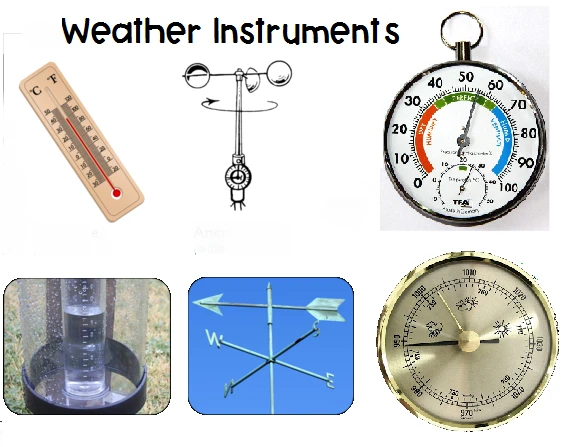
Weather instruments are specialized tools designed for weather forecasting, monitoring, and other meteorological applications. They are generally divided into two main types: ground-based observation instruments and high-altitude weather detection instruments.
What do we mean by a capacitive level gauge? How does a capacitive level sensor work?

A capacitive level gauge, also known as a capacitance-type level sensor or transmitter, is an advanced instrument used to measure the level of liquids or solids in tanks or vessels.
Automatic Meteorological Weather Station Applications
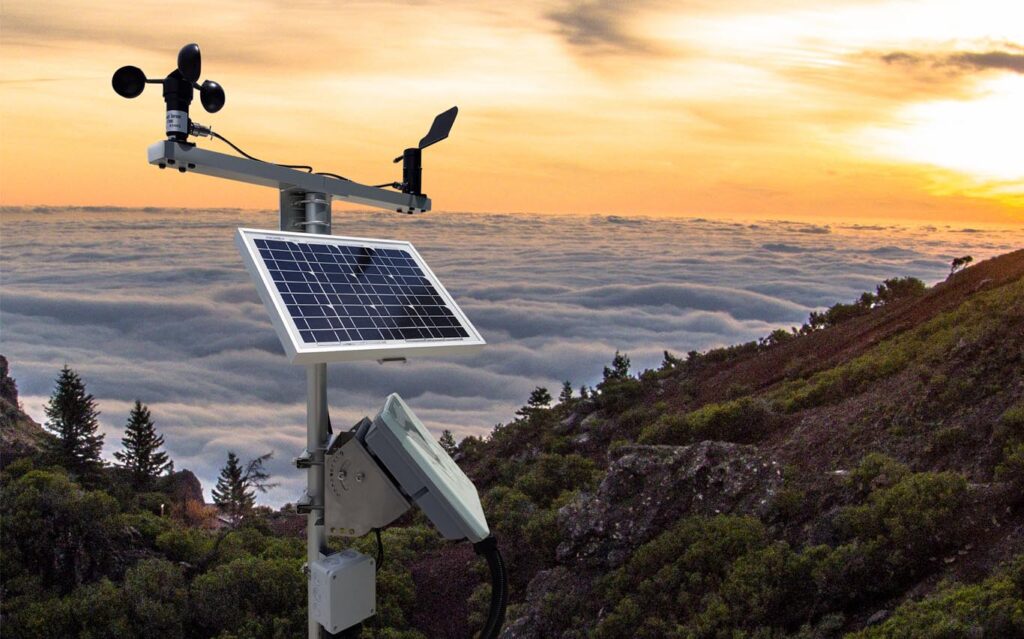
An automatic weather station is a sophisticated device designed to measure and record meteorological parameters automatically. Equipped with multiple sensors, it monitors atmospheric elements such as temperature, humidity, barometric pressure, wind speed, wind direction, precipitation, and solar radiation.
What is a Carbon Dioxide Sensor?
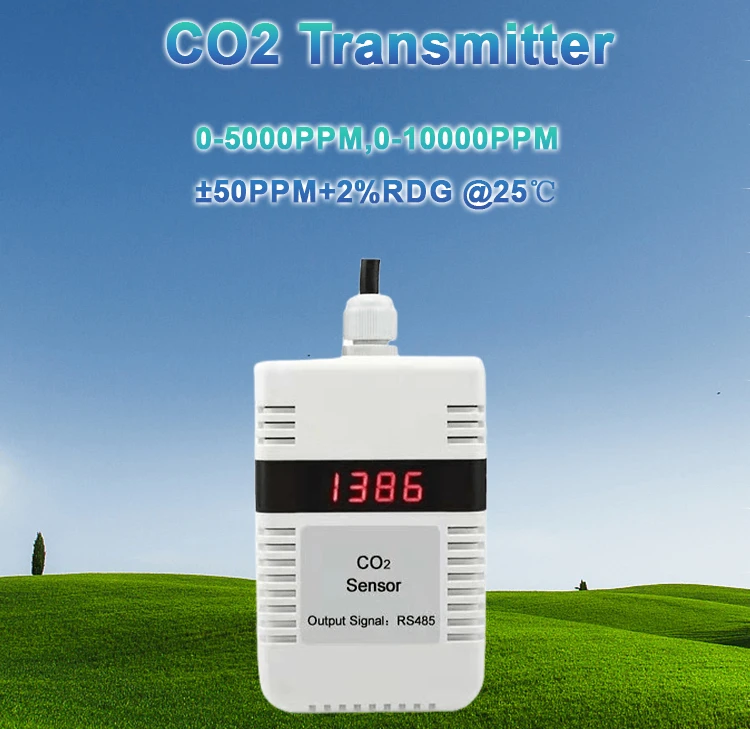
A carbon dioxide sensor is a device designed to measure the concentration of carbon dioxide (CO2) in the air. By leveraging specific technologies, these sensors provide accurate data on CO2 levels.
What is a noise sensor?
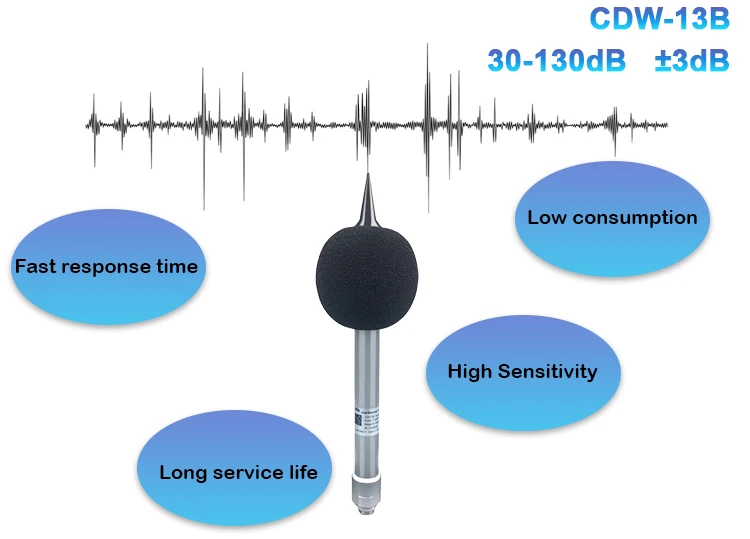
A noise sensor, often referred to as a sound sensor or acoustic sensor, is an electronic device designed to measure sound levels or noise signals. These sensors are primarily utilized in areas such as environmental noise monitoring, industrial noise control, and beyond.
What is rain gauge sensor?
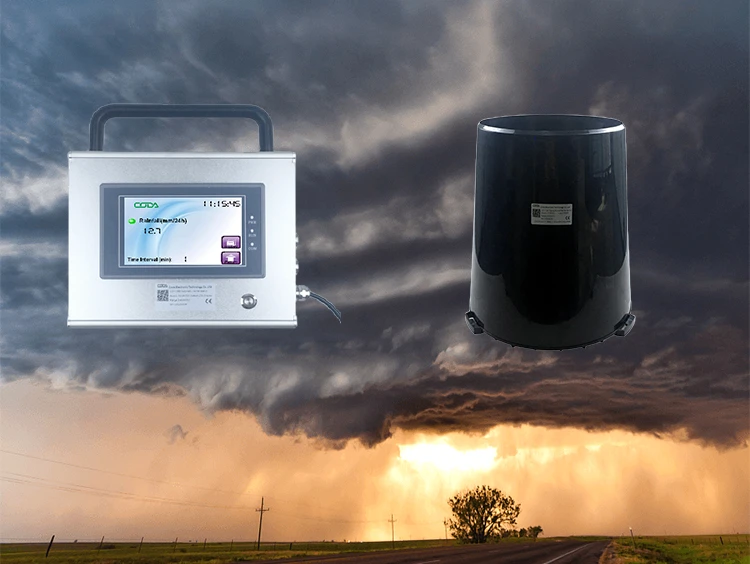
A rain gauge sensor, often referred to as a pluviometer or simply a rain sensor, is a device used to quantify the amount of rainfall or precipitation in a specific location over a designated period. Its primary function is to collect and measure rainwater within defined parameters of size and height.
